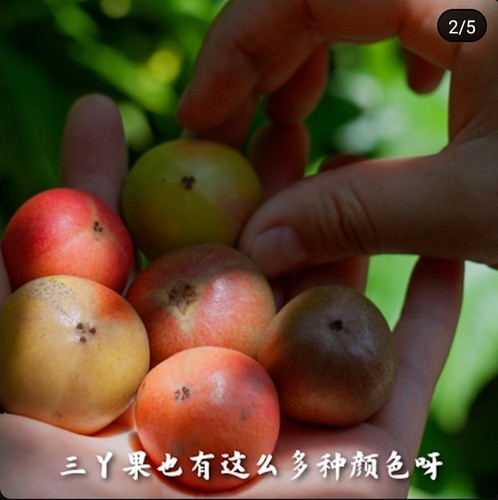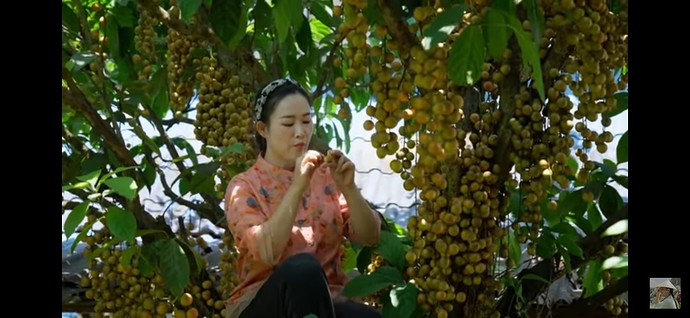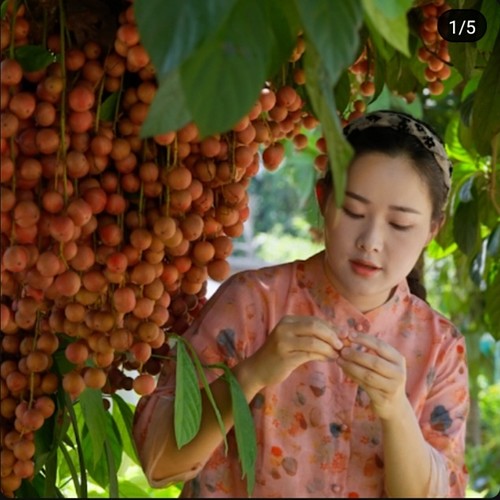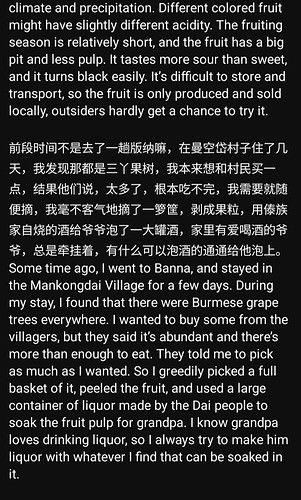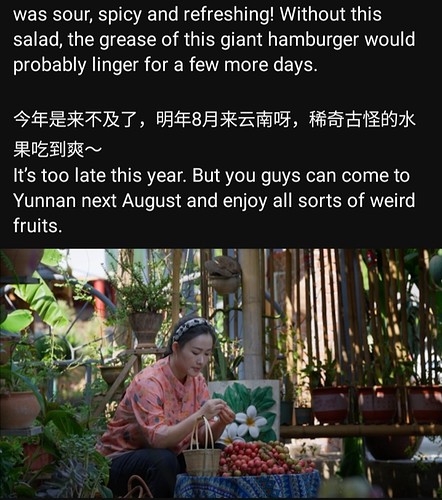I always wanted to know about kimchi, so here it is!
What is the main ingredient in the Korean dish called “kimchi”?
Cabbage
Kimchi, a staple of Korean cuisine, is a vibrant and flavorful dish made primarily from Napa cabbage (Chinese cabbage) and a distinctive mix of spices and seasonings. This spicy, tangy, and sometimes pungent fermented side dish has gained international popularity for its unique taste and numerous health benefits. To truly appreciate kimchi, it’s essential to understand its origins, ingredients, preparation methods, and cultural significance.
Kimchi’s roots can be traced back over 2,000 years to ancient Korea. It has evolved significantly over time, adapting to the availability of ingredients and regional variations. Originally, kimchi was a simple blend of vegetables, salt, and brine. The practice of fermenting vegetables, however, dates back even further, as Koreans sought to preserve their harvests for the harsh winter months. Fermentation not only extended the shelf life of vegetables but also enhanced their flavor and nutritional value.
Throughout history, kimchi has held a crucial place in Korean culture. It has been served on royal tables, used as a form of currency, and is an integral part of traditional ceremonies and festivals. During the Korean War, when food was scarce, kimchi played a vital role in providing essential nutrients to the people.
Korean cuisine boasts numerous kimchi varieties, including baechu kimchi (cabbage kimchi), kkakdugi (radish kimchi), and oi kimchi (cucumber kimchi), to name a few. Some kimchi recipes are milder, while others are fiery hot, catering to diverse taste preferences.
Kimchi can be served as a side dish, incorporated into soups, stews, and stir-fries, or used as an ingredient in dishes like kimchi fried rice and kimchi pancakes. The versatility of kimchi makes it a versatile and indispensable element of Korean cuisine.
Kimchi isn’t just delicious; it’s also renowned for its health benefits. As a fermented food, kimchi is a rich source of probiotics, which promote gut health and aid digestion. It’s low in calories and packed with essential vitamins, minerals, and antioxidants, including vitamins A and C, folate, and iron. The capsaicin in gochugaru may even have metabolism-boosting properties.













